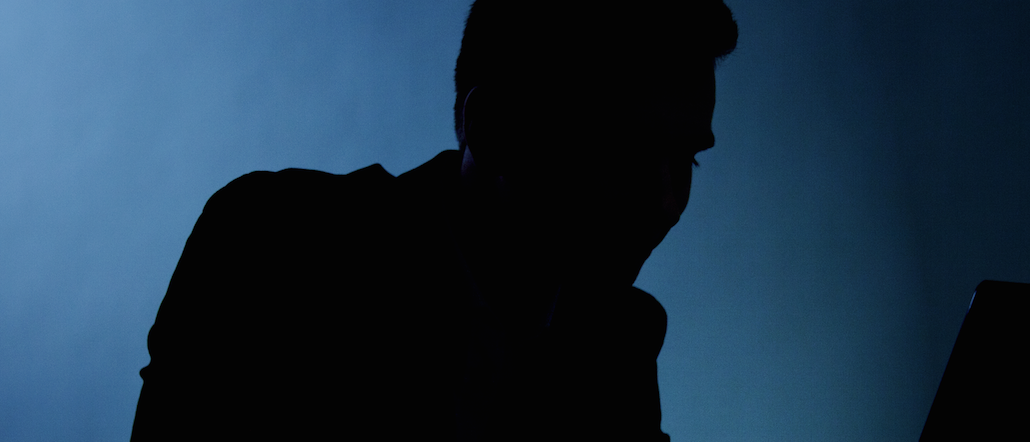Insights from CTV leaders at Dentsu, Horizon Media and more
Confessions of a social media exec on influencer marketing: ‘We threw too much money at them’

This article is part of our Confessions series, in which we trade anonymity for candor to get an unvarnished look at the people, processes and problems inside the industry. More from the series →
“Influencer” is the biggest buzzword of the moment. An entire ecosystem has evolved around these social media stars, but there are cracks in the foundation. The relationship between brands, agencies and influencers is starting to get rocky. In this edition of Confessions, a social media executive lays out how this relationship soured.
When was the tipping point for this madness?
The summer of 2014. That’s when I feel brands really, finally accepted that social media was here to stay. Up until then, it was, “Is this thing worth investing in?” And then Facebook and Instagram started giving out numbers, and brands said, “Wait, now we don’t have enough content to publish.” They used to do like 12 TV commercials a year. Now, a car brand posts like six or seven times a day. And now, there is a decrease in quality of work and too many influencers.
What went wrong?
We threw too much money at them and did it too quickly. So in 2014, they were making $500 to show up and take some photos. Then it became $1,500. Now it’s hundreds of thousands of dollars. They no longer value their art. I remember I once did a speaking thing to a school of young social media people, and they asked, “How do I become an influencer?” So I asked them what they were good at. And they said, “Nothing.” We’ve gotten to the point that if we have a meeting with them, and we ask what they do, and they say “influencer,” we don’t hire them. If they say photographer, we do.
How do you decide what you pay them?
We have no idea what to pay them. That’s the problem. Right now, I separate their role as a “content” producer and influencer. So I pay them, maybe, $4,000 for 50 images, fully edited, that I own. Then we talk about distribution. We’ll pay them to post two, four, six posts. We have to separate that.
How do you find them?
Social team is a bunch of millennials, so we’ll often find someone we like and we’ll throw it into a database with keywords. But usually it’s a CEO or CMO or whoever saying, “Oh, my kid likes this guy.” At this major car brand I worked for, we paid $300,000 for a few photographs because the CEO’s kid liked someone.
What about the influencer agencies?
They’re huge now. Like the big media networks that say they work with 2,200 followers. They’re helpful. The big problem is, they don’t operate much like a traditional talent management company. They don’t provide insurance in case their talent doesn’t deliver or anything. Agencies can’t really hire them through them. They sort of just expect the brands to approach them. They don’t pitch them or anything. It’s silly.
Tell me about the process.
We’ll do a meet and greet. Tell them what we’re thinking and ask them for concepts. You can tell right away who is serious: The good ones come back within a day with ideas. Some send us decks or presentations that are pretty but not tailored to the brand. They’re all nuts. “I want to take a car and pick it up in London and drive it around Europe, so give me $100,000,” they say. Nope, let’s totally never do it that ever. These people don’t understand budgets.
So if brands don’t know how much to charge, do the influencers know how much to ask for?
Nope. I wanted to hire one for a shoot, and he told me he was too busy, but if I doubled it, it would be fine. I saw him that weekend at a party in Brooklyn. He wanted more money. It was silly. It’s like your first job, and you don’t know what you’re worth, and you’re just throwing numbers out there.
So how much do you pay?
We used to pay $800 for 30 or 40 edited images back in 2014. So add the cost of the product, and it would be like $2,500 to shoot and have content for a few weeks. Now, if you work with some big YouTube guys, the Casey Neistats, those types of people charge $300,000 to $500,000, and brands don’t actually own the rights to it.
Speaking of those people, some of them have been vocal about how they believe brands take advantage of them.
I know. But at the same time, it seems like a pretty sweet job to me. Just don’t wreck the car.
What’s next?
Influencers are going to start disappearing. Brands are going to start realizing the amount of followers you have doesn’t mean shit. Just because photos look good and have 200,000 followers means nothing. You can’t rely on content creators all day long. For the influencers, their entire business is about relationships and friendships. Someone was at Vice, so uses their friend to do photography. Someone knows someone else at Instagram so gets featured on the trending page. We live and die by these platforms today.
More in Marketing

X CEO Linda Yaccarino departs from the platform
Her departure marks the end of two tumultuous years at the platform.

Creator marketing has the reach — CMOs want the rigor
The creator economy got big enough to be taken seriously.

Pitch deck: Why Google believes its latest AI Max product is a game changer for search campaigns
AI Max, which launched May and rolls out this summer, aims to provide advertisers with a “one-click feature suite” for search campaigns.





